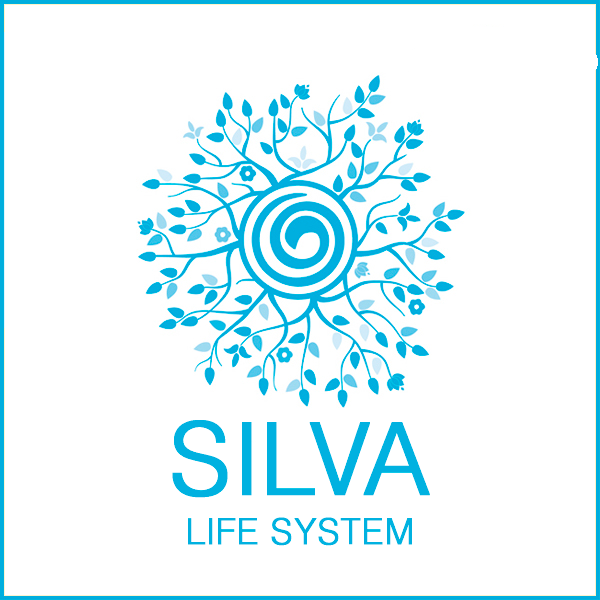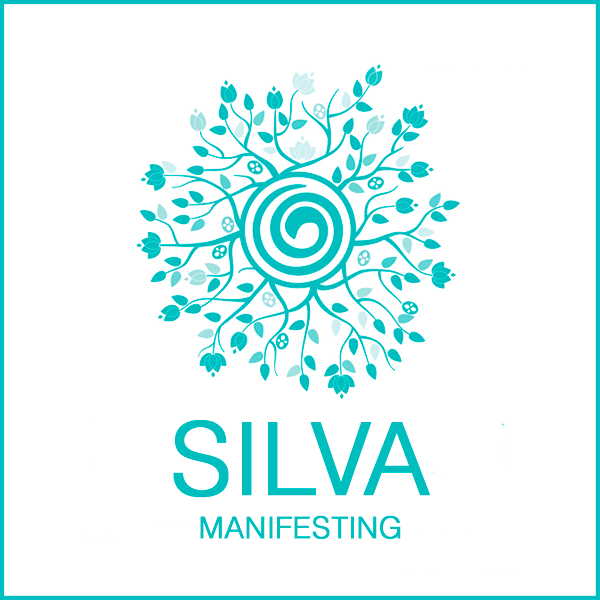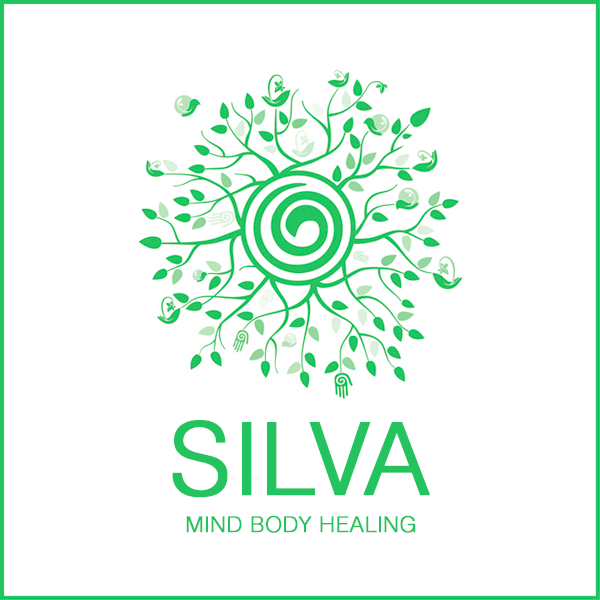Q: What research has been done regarding the lowering of brain frequency to alpha when the eyes are turned upwards? Does the brain slow more the farther up they are turned? Does side to side movement make any difference?
A: People who work in this and related fields have long known of the phenomenon that you speak of, the lowering of brain frequency when the eyes are rolled up.
The amount varies with different people. The amount that the frequency lowers does not seem to be related to the angle of the eyes.
We recommend raising the eyes approximately 20 degrees because this is sufficient to trigger the response, yet it is still a comfortable position.
A higher position, like the 45 degree angle we use when starting the long relaxation exercise, tires the eyes. We want this to happen when we do the long relaxation exercise because tired eyelids are associated with sleep which is associated with lower brain frequencies. But later, this is not necessary.
In fact, maintaining such an uncomfortable position would create stress which would make it more difficult to relax and to remain at alpha.
HOW DO YOU FUNCTION?
When reviewing research on brain frequencies, please keep one thing in mind: achieving alpha brain wave functioning is not the end result we are seeking. It is a means to an end.
What’s important is that you are able to use your mind to correct problems and help make our world a better place to live.
Your brain is always active and is always emitting a full range of frequencies. When it is producing primarily alpha frequencies – more alpha frequencies than other frequencies – this indicates to us that your mind is focused on an area where you can achieve more things.
It means that your mind is focused in a manner that allows you to us your subjective senses as well as your objective senses, with controlled awareness.
When we speak of alpha functioning, and when we speak of using the right brain hemisphere, you might say that we are creating models to help you improve your functioning.
By using these models, you can more easily grasp the concepts involved.
Since there is no physical measurement of subjective functioning, since there is no physical energy or matter involved in pure spiritual functioning, it is rather difficult to comprehend it directly.
So we create models using physical items – such as the brain and the electrical energy produced by the brain (which is a physical energy) – to help you better understand what you need to do to function subjectively and to continue to improve your subjective functioning.
These models – alpha functioning and using the right brain hemisphere – are tools we use to help us achieve our goals.
Silva Method graduates who have practiced for a few weeks can have alpha functioning even when biofeedback instruments indicate that the brain is emitting predominately beta brain wave frequencies. Here’s how it happens: Your brain automatically dips into alpha approximately 30 times every minute. This is true for everyone. But the time spent there is only fractions of a second.
However, if a person has not learned to enter alpha consciously and has not established points of reference in the subjective dimension, then these brief trips to alpha will not be productive. In order to have alpha functioning during these micro-second trips to alpha, you must first have stored memories on the right brain hemisphere.
When you practice projecting into various items while you are at your level, you are impressing subjective information on both brain hemispheres. As a result, you now have memories of these subjective impressions points of reference that you can use later.
A Silva Method graduate who has been practicing will “get the picture” during that micro-second trip to alpha. The graduate will sense the information; the graduate will be able to program effectively, even though it feels like he is still at beta.
Rather than get too caught up in the physiology involved, concentrate instead on the functioning and what you can accomplish.
It would be nice to have all the answers to all the questions, but right now we are more interested in getting more people to use what we already know about. Very few graduates are taking full advantage of what they’ve learned thus far.
The important thing is to correct problems. We understand enough now to do this. More understanding will come as we need it.
Better and Better,
Laura Silva Quesada
and the Team



 Laura Silva Quesada, daughter of Jose Silva – founder of the original Silva Mind Control Method, she was one of the primary research subjects, which gave her extensive personal experience and insight into the creation, and use of intuitive and life changing techniques.
Laura Silva Quesada, daughter of Jose Silva – founder of the original Silva Mind Control Method, she was one of the primary research subjects, which gave her extensive personal experience and insight into the creation, and use of intuitive and life changing techniques.


